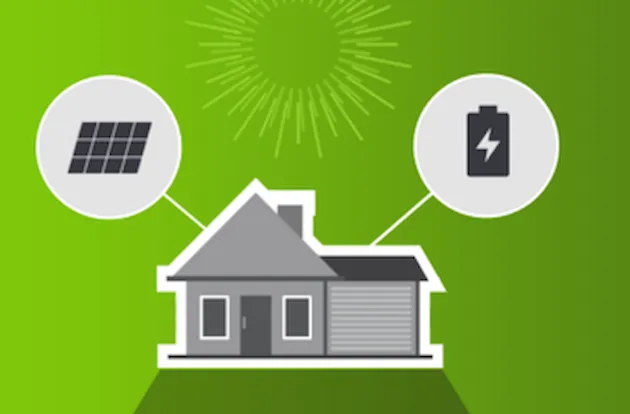
Measure and evaluate your successes
"How can we create those accountability metrics, so that you and I can be held accountable?”, Jarred Metoyer, SVP Markets & Risk
How do I assess the effectiveness of my efforts? Benchmark against others in your area using these services:
Customer Profile Studies
A study that examines how different customer characteristics relate to program participation or some other metric of interest.
Researchable questions:
- What are the demographics of the people in my service territory who are participating more/less in energy efficiency or bill assistance programs?
- Are people with some specific demographic (e.g. Renters) participating at equal rates as people with other demographics (e.g. Owners)
- Where there are overlapping demographics (e.g. Low-income and Renter), which one(s) are stronger drivers of participation?
- What is my baseline1. participation rate to use for measuring the effectiveness of equity-related programs/services?
Non-energy Impacts (Demand Side)
A study that assigns NEI values to a utility’s energy efficiency measures. DNV has a relatively low-cost approach that utilizes secondary research scaled to an individual utility’s service territory. We’ve also conducted more extensive primary research in MA and Ohio.
Researchable questions:
- What benefits (and costs) do my energy efficiency programs provide, above/beyond the energy savings?
- How much are those worth?
- Who do they accrue to?
- How can I adjust my energy efficiency measures’ cost-effectiveness scores?
Socioeconomic studies
DNV provides three socioeconomic offerings:
- Supply-side NEIs: is a study that assigns monetary values for economic, public health, and safety impacts of different generation resources such as solar, wind, and gas turbines.
- Scenario development: develops a more specific deployment scenario such as what would be in an IRP and considers the full(er) range of costs and benefits of those scenarios beyond the cost of energy generation.
- Permitting studies: look at a specific, proposed development that assesses the likely impacts of various externalities such as jobs, wildlife impacts, tribal impacts, and noise pollution.
Community Benefits Plans and Justice40 Tracking
DNV can help your organization draft community benefits plans and provide Justice40 tracking that are now required for all federal funding. Our community benefits plans show that the project will satisfy Justice40 requirements by outlining:
- Community and labor engagement;
- Workforce investment and jobs training;
- Diversity, Equity, Inclusion, and Accessibility,
- and how the project will advance the eight Justice40 benefits. We can then help you put this plan into action, including measuring outcomes to meet Justice40 requirements.
Do you need more information?
Have a look at the related studies and demonstrations
Massachusetts Residential Non-participant Customer Profile Study
View/download the report
Lowering the energy burden for residents of multifamily housing - MCE study
View/download the study report
2019 Residential Energy Storage Demand Response Demonstration Evaluation
View/download the report
DNV Non-energy Impacts report
Download the report
2013-2020 MA Residential Customer Profile Study - Equity
Download/view the report
Related services
Related Links
Energy access
Supporting investments in renewable, reliable, and affordable energy across emerging markets
Solar Services
DNV delivers services focused on improving your business performance in every step of the project.
Energy Storage
Unveiling the power of energy storage













